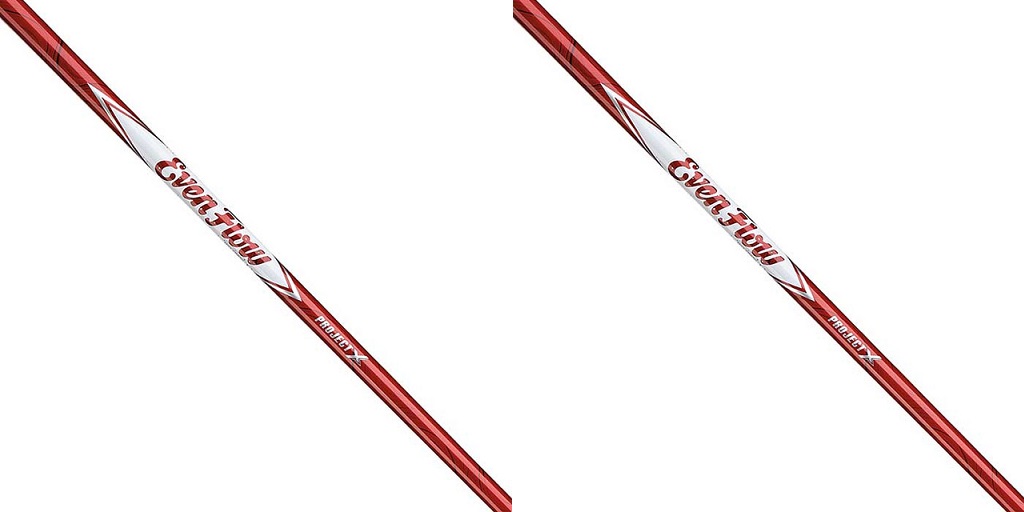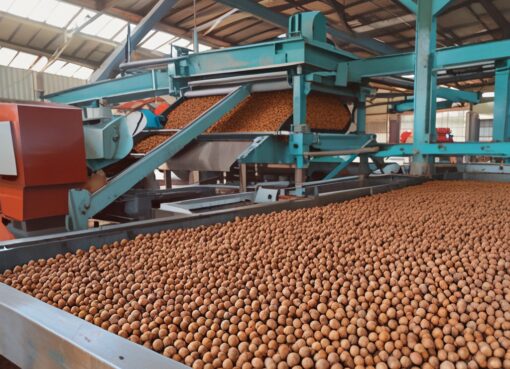Stiffness and Torque in Golf Shafts for Drivers

Aside from weight, length, and material, the two most important things you will need to be able to evaluate in golf shafts for drivers are stiffness rating and torque.
They will, together, have an immense impact on the performance of any golf shaft, and whether or not it will be suitable for you to use.
Here’s a high-level view of what to know.
Stiffness Rating in Golf Shafts for Drivers
Stiffness rating in golf shafts is measured on a soft scale (all manufacturers have their own standards) typically ranging from regular, to stiff, to extra stiff and finally tour-spec extra stiff. Sometimes there are special ratings for ladies, amateur, and seniors, all of which are more flexible than “regular” stiffness shafts.
The stiffness rating measures how readily the shaft bends when a load is applied to it. This, consequently, will impact how well the shaft loads and unloads with energy.
For players with slower swing speeds, a more flexible and therefore more elastic shaft may be the preferred option, because it will store energy and release it at the point of impact, for more explosive drives.
More flexible shafts also tend to produce higher launch and spin profiles (but not always) which also tend to result in longer drives. This is another thing that is often beneficial for players with slower swing speeds.
On the other end of the spectrum we have stiffer shafts that, while they don’t load as well with energy, tend to be more consistent. The other thing about stiffer shafts is that they tend to produce lower launch profiles with less spin.
The thing about high launch and spin is that despite the fact that they can result in longer drives, they also have a tendency to produce more shot dispersion.
So, for players that have faster swing speeds, the extra flexibility and energy loading, paired with higher launch and spin, are generally just not needed.
This makes stiffer shafts the preferred option for most players that have faster swing speeds, and more flexible shafts preferred (generally) for players with slower swing speeds.
Torque in Driver Shafts
In evaluating golf shaft flex rating we must also take a look at torque, which is a metric that rates how much a shaft twists around a central axis that runs through it.
Torque is measured in a number that corresponds to degrees; so a shaft with a torque of 2 would twist by as much as 2°, a shaft with a torque of 3 by 3°, and so on and so forth.
While flex rating has some nuanced considerations, torque really doesn’t. There are few if any situations in which a higher torque rating is desirable because the more a shaft twists when swung, the harder it is to ensure the clubface will return to square before the moment of impact.
And a clubface that is not squared with the ball at the moment of impact is seldom if ever a good thing because it results in shot dispersion resulting from a wide range of errors. High torque can also be associated with slices and fades, in which the golf ball veers off to the left or right after being hit.
Higher torque ratings are generally associated with more flexible shafts, so if you are looking for a shaft that’s more flexible, be aware of torque rating and try to shop options that are flexible enough without too much torque.
Where to Learn More About Golf Shafts for Drivers
Interested in learning more about golf shafts for drivers before you outfit your current club? Want to work with some professional fitters? Visit Dallas Golf Company today to see what they currently offer or work with their professionals to find the right option for your club and style of play.
For more information about Golf Bags Custom and Sun Mountain Golf Stand Bags Please visit: Dallas Golf Company Inc.







Leave a Comment